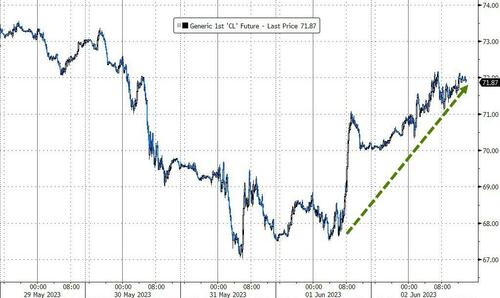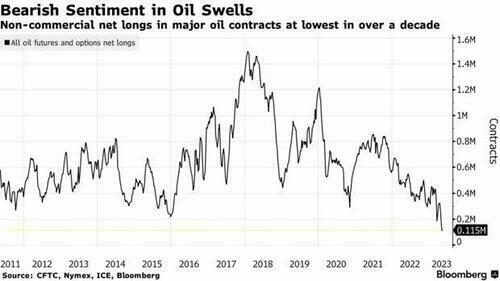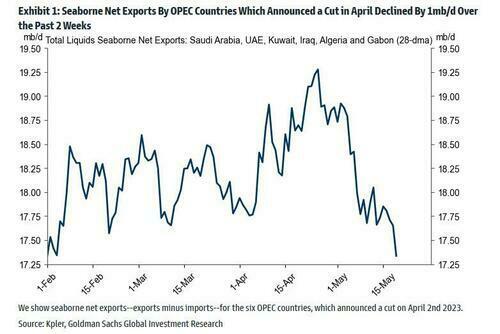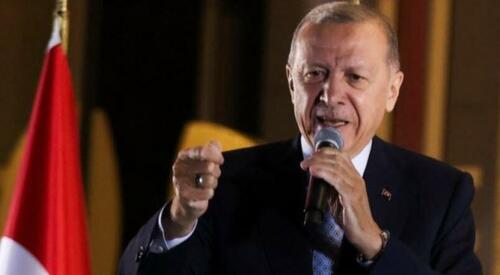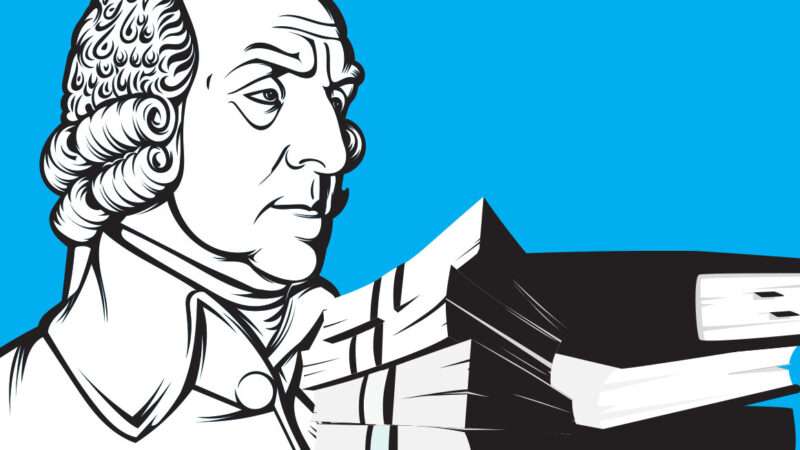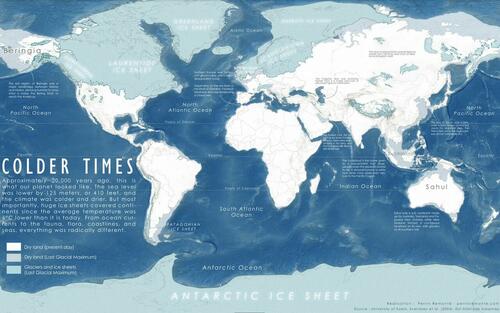Many people make dubious claims about Adam Smith’s beliefs. The usual pattern is to claim that the economist was not really a wicked conservative (true) but a modern progressive (false).
Three common claims are that Smith favored progressive taxation, public education, and government regulation of monopoly. Two are entirely, one partly, false.
Progressive Taxation
Smith’s first maxim of taxation, from Wealth of Nations, is that the “subjects of every state ought to contribute towards the support of the government, as nearly as possible, in proportion to their respective abilities; that is, in proportion to the revenue which they respectively enjoy under the protection of the state.”
Taxation in proportion to revenue is not progressive taxation. It is proportional taxation—in modern terminology, a flat tax.
Not only did Smith not endorse a progressive income tax, he did not endorse any sort of income tax. “Capitation taxes,” he warned, “if it is attempted to proportion them to the fortune or revenue of each contributor, become altogether arbitrary. The state of a man’s fortune varies from day to day, and without an inquisition more intolerable than any tax, and renewed at least once every year, can only be guessed at. His assessment, therefore, must in most cases depend upon the good or bad humour of his assessors, and must, therefore, be altogether arbitrary and uncertain.”
Smith did not want a tax on income. He wanted a system of taxation whose burden is proportional to income. Unlike most modern commentators, he realizes that determining who bears the cost of a tax is not as simple as seeing who hands over the money.
Here is another Wealth of Nations quote I have seen offered as evidence that Smith supported progressive taxation: “It must always be remembered, however, that it is the luxuries, and not the necessary expense of the inferior ranks of people, that ought ever to be taxed.” This is interpreted as meaning that Smith wanted to tax the luxuries of the rich rather than the necessities of the poor.
But here is the full paragraph:
It must always be remembered, however, that it is the luxurious and not the necessary expense of the inferior ranks of people that ought ever to be taxed. The final payment of any tax upon their necessary expense would fall altogether upon the superior ranks of people; upon the smaller portion of the annual produce, and not upon the greater. Such a tax must in all cases either raise the wages of labour, or lessen the demand for it. It could not raise the wages of labour without throwing the final payment of the tax upon the superior ranks of people. It could not lessen the demand for labour without lessening the annual produce of the land and labour of the country, the fund from which all taxes must be finally paid. Whatever might be the state to which a tax of this kind reduced the demand for labour, it must always raise wages higher than they otherwise would be in that state, and the final payment of this enhancement of wages must in all cases fall upon the superior ranks of people.
Smith is arguing for taxing the luxuries of the poor, not of the rich. His argument is that a tax on the necessities of the “inferior ranks” will raise wages and hence be paid by the “superior ranks,” and that one should therefore tax the luxuries of the former in order to be sure they bear their share of the tax burden. The conversion of “luxurious” to “luxuries,” which makes the misreading possible—provided you don’t read the rest of the paragraph—appears to have originated as a typo in a mid–19th century edition that Project Gutenberg put online.
Here is another quote sometimes offered as evidence that Smith favored progressive taxation: “It is not very unreasonable that the rich should contribute to the public expense, not only in proportion to their revenue, but something more than in that proportion.”
The context here is Smith’s discussion of taxes on the rent of houses. He observes that richer people pay a larger share of their income for rent and thus that the incidence of such a tax will be more than proportional to income. He is saying that a tax desirable on other grounds should not be rejected just because it falls more heavily on the rich. “Not very unreasonable” does not mean “desirable,” which may be why some of those who offer the quote drop the first six words and capitalize the seventh to pretend that the sentence starts with “The rich should.”
Noah Smith, of the Noahpinion newsletter, has offered this quote to claim that Adam Smith favored income redistribution: “Wherever there is great property there is great inequality. For one very rich man there must be at least five hundred poor, and the affluence of the few supposes the indigence of the many.” He neglects the sentences that follow: “The affluence of the rich excites the indignation of the poor, who are often both driven by want, and prompted by envy, to invade his possessions. It is only under the shelter of the civil magistrate that the owner of that valuable property, which is acquired by the labour of many years, or perhaps of many successive generations, can sleep a single night in security.…Where there is no property, or at least none that exceeds the value of two or three days’ labour, civil government is not so necessary.” Smith is not arguing against inequality. He is saying that inequality is what makes government necessary.
In addition to having his words taken out of context, Smith sometimes has words assigned to him that we have no reason to believe he has ever said. Multiple posters claim that Smith wrote, “A criminal is a person with predatory instincts who has not sufficient capital to form a corporation. Most government is by the rich for the rich. Government comprises a large part of the organized injustice in any society, ancient or modern. Civil government, insofar as it is instituted for the security of property, is in reality instituted for the defence of the rich against the poor, and for the defence of those who have property against those who have none.”
The first sentence is by Howard Scott, quoted in a newspaper in 1933. The last sentence is from Smith. I can find no source for the two middle sentences.
And then there are the people who cite a sentence where Smith seems to quote Lord Kames’ claim that a goal of taxation should be to “remedy inequality of riches as much as possible, by relieving the poor and burdening the rich.” That sentence does not come from Smith but from one of Edwin Cannan’s footnotes to his 1904 edition of Wealth of Nations, written more than a century after Smith’s death. Cannan quotes Kames’ rules regarding taxation because one of them is relevant to the passage Cannan is footnoting. The passage about remedying inequality of riches is a different one of Kames’ rules, and nothing in the text suggests that Smith agreed with it.
Schooling and Antitrust
In the course of a very long discussion of education, Wealth of Nations offers arguments both for and against a government role in schooling. One passage is often offered as evidence that he supported such a role: “For a very small expence the public can facilitate, can encourage, and can even impose upon almost the whole body of the people the necessity of acquiring those most essential parts of education.”
The next paragraph, usually not quoted, starts: “The public can facilitate this acquisition by establishing in every parish or district a little school, where children may be taught for a reward so moderate that even a common labourer may afford it; the master being partly, but not wholly, paid by the public, because, if he was wholly, or even principally, paid by it, he would soon learn to neglect his business.”
“Can” does not imply “should.” Smith also wrote: “Those parts of education, it is to be observed, for the teaching of which there are no public institutions, are generally the best taught.”
Smith’s final summary statement on the subject: “The expense of the institutions for education and religious instruction is likewise, no doubt, beneficial to the whole society, and may, therefore, without injustice, be defrayed by the general contribution of the whole society. This expense, however, might perhaps with equal propriety, and even with some advantage, be defrayed altogether by those who receive the immediate benefit of such education and instruction, or by the voluntary contribution of those who think they have occasion for either the one or the other.”
In other words, some modest public funding of schooling is not unjust but an entirely private system might be preferable.
Then there is the claim that Smith favored regulation of monopoly. The passage from Wealth of Nations sometimes quoted as evidence for this: “People of the same trade seldom meet together, even for merriment and diversion, but the conversation ends in a conspiracy against the public, or in some contrivance to raise prices.” Jennifer Roback Morse, an economist and prominent social conservative, quoted this and commented: “Smith understood that the ‘natural’ tendency to cheat the public must be checked by legal and social norms. The law must prohibit some economic behavior.”
But the passage continues:
It is impossible indeed to prevent such meetings, by any law which either could be executed, or would be consistent with liberty and justice. But though the law cannot hinder people of the same trade from sometimes assembling together, it ought to do nothing to facilitate such assemblies, much less to render them necessary. A regulation which obliges all those of the same trade in a particular town to enter their names and places of abode in a public register, facilitates such assemblies. It connects individuals who might never otherwise be known to one another, and gives every man of the trade a direction where to find every other man of it.
Smith is arguing not for laws against conspiracies in restraint of trade but against laws that help to create them—the 18th century equivalents of modern regulatory-cum-cartelizing agencies.
People who perceive Smith as a progressive observe, correctly, that he put a lot of weight on the welfare of the mass of the working population.
“Servants, labourers and workmen of different kinds, make up the far greater part of every great political society. But what improves the circumstances of the greater part can never be regarded as an inconveniency to the whole.”
What they miss is that Smith disagreed with them about what policies were in the masses’ interest.
Rothbard on Smith
Most of these misrepresentations come from progressives trying to claim Smith for their side. But Murray Rothbard, the libertarian economist, has also tried to present Smith as a proto-progressive—not to claim him, but to reject him. In volume 2 of An Austrian Perspective on the History of Economic Thought, for example, Rothbard wrote that Smith “advocated the soak-the-rich policy of progressive income taxation.” I could find no support in Rothbard’s book for that claim.
Rothbard also claimed that Smith supported public schooling, and he went into some detail on the purported reasons for this. He quoted Smith saying “the security of every society must always depend, more or less, upon the martial spirit of the great body of the people,” and then Rothbard added: “It was an anxiety to see government foster such a spirit that led Smith into another important deviation from laissez-faire principle: his call for government-run education.”
The first problem with this is that, as noted above, Smith did not call for government-run education. The second problem is that Rothbard reads Smith’s reference to “martial spirit” as reflecting a “devotion to the militarism of the nation-state.” This is misleading. Here is Smith’s comment in context:
But the security of every society must always depend, more or less, upon the martial spirit of the great body of the people. In the present times, indeed, that martial spirit alone, and unsupported by a well disciplined standing army, would not, perhaps, be sufficient for the defence and security of any society. But where every citizen had the spirit of a soldier, a smaller standing army would surely be requisite. That spirit, besides, would necessarily diminish very much the dangers to liberty, whether real or imaginary, which are commonly apprehended from a standing army. As it would very much facilitate the operations of that army against a foreign invader, so it would obstruct them as much if unfortunately they should ever be directed against the constitution of the state.
Smith’s argument on the virtues of a martial spirit is the same as an argument sometimes offered today for the right to bear arms: It makes a large military less necessary and a coup less likely to succeed. That is very nearly the opposite of what Rothbard implies.
Rothbard continues: “It is also important, opined Smith, to have government education in order to inculcate obedience to it among the populace—scarcely a libertarian or laissez-faire doctrine.” He then quotes Smith: “An instructed and intelligent people besides are always more decent and orderly than an ignorant and stupid one. They feel themselves, each individually, more respectable, and more likely to obtain the respect of their lawful superiors, and they are therefore more disposed to respect those superiors. They are…less apt to be misled into any wanton or unnecessary opposition to the measures of government.”
That statement looks rather different in context. It is preceded by a comment that schooling reduces “delusions of enthusiasm and superstition.” Rothbard’s ellipses remove Smith’s observation that educated citizens “are more disposed to examine, and more capable of seeing through, the interested complaints of faction and sedition.” Those parts of the text—and a phrase that Rothbard left in, about “wanton and unnecessary” stances—should make it clear that the objective is not blind obedience but support for good policy and opposition to bad.
What makes Rothbard’s criticism of Smith’s views on education particularly odd is the contrast with Anne Robert Jacques Turgot, who Rothbard describes as a better economist than Smith sadly neglected by later authors, emphasizing his support for laissez faire in a variety of contexts. Turgot urged the king of France to form “a Council of National Education, under whose direction will be placed the academies, the universities, the colleges, and all the smaller schools.” For what purpose? “I can propose nothing to you more advantageous for your people, more fit to maintain peace and good order, to give activity to all useful works, to make your authority to be cherished, to attach to you each day more and more the affections of your subjects, than to give to all of them an instruction which opens their mind to the obligations they have to society and to your power that protects them, the duty which these obligations impose, the self-interest that all have to fulfill these duties, for the public good and for their own.”
Rothbard was presumably familiar with this passage, since it was included in a collection to which Rothbard wrote the introduction. And he accuses Smith of wanting the government to control education in order to inculcate obedience?
Rothbard offers one criticism of Smith that I have not seen elsewhere: “He also favored moderate taxes on the import of foreign manufactures and taxes on the export of raw wool—thus gravely weakening his alleged devotion to freedom of international trade.”
But Smith, like Turgot and unlike Rothbard, was not an anarchist. That left him with the problem of picking the least bad form of taxation for funding a government. What made Smith a free-trader was that he thought import and export taxes, including an export tax on wool, had a bad effect on the economy. It was not his policy objective; it was a cost of raising needed money.
The difference between Smith and Turgot was not that one believed more in the virtues of free trade than the other. It was that Turgot thought the ideal system of taxation would collect all of its revenue from the net produce of land, while Smith discussed the advantages and disadvantages of a wide range of alternative taxes.
Rothbard does not mention that when Smith was writing, the export of wool was a criminal offense. Smith, who described these controls in detail, wanted to replace that ban with a tax—a large reduction in government interference with trade. It is as though someone writing a century from now denied that one of our contemporaries was opposed to the war on drugs because he proposed that marijuana should be taxed, without mentioning that the tax was part of a proposal to legalize it.
Smith was a free-trader. He did not favor a progressive income tax or any income tax. He did not call for regulation of monopolies. His support for public schooling was tentative and partial. He was neither a modern conservative nor a modern progressive.
The post Adam Smith Wasn't a Progressive appeared first on Reason.com.
from Latest https://ift.tt/FBghuGT
via IFTTT


